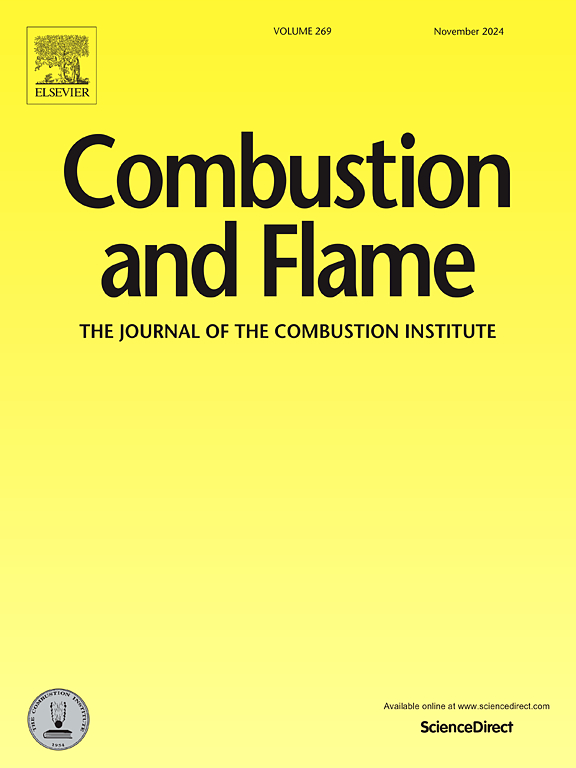悬浮和未悬浮纳米odiesel 液滴的蒸发和燃烧行为各不相同
IF 5.8
2区 工程技术
Q2 ENERGY & FUELS
引用次数: 0
摘要
本文章由计算机程序翻译,如有差异,请以英文原文为准。
Distinct evaporation and combustion behaviors of suspended and unsuspended nanodiesel droplets
This work reports the main evaporation and combustion characteristics of diesel droplets doped with different concentrations of alumina and ceria nanoparticles (NPs) for a range of conditions scarcely explored and relevant for combustion applications: high-temperature and reducing/oxidizing atmospheres (0/10 % O2). Due to the potential influence of the particular experimental conditions, all tests are performed using two different setups: a free-falling droplet (FFD) rig and a suspended droplet (SD) facility, following a systematic study that is considered especially pertinent for particle-laden fuels. The reported results demonstrate, for the first time, a great influence of the test method on some of the observed behaviors, which can perfectly justify some contradictions and even inconsistencies observed in previous works. Tests on unsuspended nanodiesel droplets provide smooth evaporation curves until the onset of a single and violent microexplosion that shatters the droplets, whereas the testing of suspended droplets yields a fluctuating evaporation process, with a wide range of sequential disruptive phenomena of different intensities (swelling, puffing, weak microexplosions). These clear differences point to the impact of the suspension filaments on disruptive behaviors for the range of conditions explored, even when very thin ceramic fibers are employed. In spite of these differences, some common features have also been identified. Namely, the addition of NPs does not drive significant changes in the droplet evaporation rate, probably due to the small impact of thermal radiation for the tested conditions. However, the onset of disruptive phenomena shortens the liquid conversion times as compared to neat diesel, with an earlier occurrence as the NP concentration increases, especially for FFD tests. Among the two tested nanoparticles, ceria shows significantly stronger disruptive events and also a progressive reduction in evaporation rate for unsuspended droplets, which is consistent with the formation of a less permeable shell for this kind of NP.
求助全文
通过发布文献求助,成功后即可免费获取论文全文。
去求助
来源期刊

Combustion and Flame
工程技术-工程:化工
CiteScore
9.50
自引率
20.50%
发文量
631
审稿时长
3.8 months
期刊介绍:
The mission of the journal is to publish high quality work from experimental, theoretical, and computational investigations on the fundamentals of combustion phenomena and closely allied matters. While submissions in all pertinent areas are welcomed, past and recent focus of the journal has been on:
Development and validation of reaction kinetics, reduction of reaction mechanisms and modeling of combustion systems, including:
Conventional, alternative and surrogate fuels;
Pollutants;
Particulate and aerosol formation and abatement;
Heterogeneous processes.
Experimental, theoretical, and computational studies of laminar and turbulent combustion phenomena, including:
Premixed and non-premixed flames;
Ignition and extinction phenomena;
Flame propagation;
Flame structure;
Instabilities and swirl;
Flame spread;
Multi-phase reactants.
Advances in diagnostic and computational methods in combustion, including:
Measurement and simulation of scalar and vector properties;
Novel techniques;
State-of-the art applications.
Fundamental investigations of combustion technologies and systems, including:
Internal combustion engines;
Gas turbines;
Small- and large-scale stationary combustion and power generation;
Catalytic combustion;
Combustion synthesis;
Combustion under extreme conditions;
New concepts.
 求助内容:
求助内容: 应助结果提醒方式:
应助结果提醒方式:


